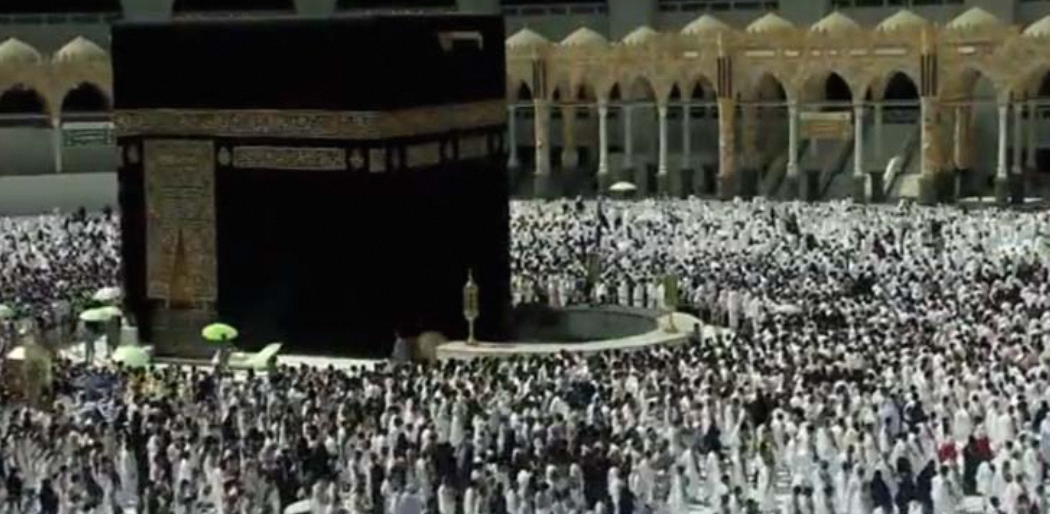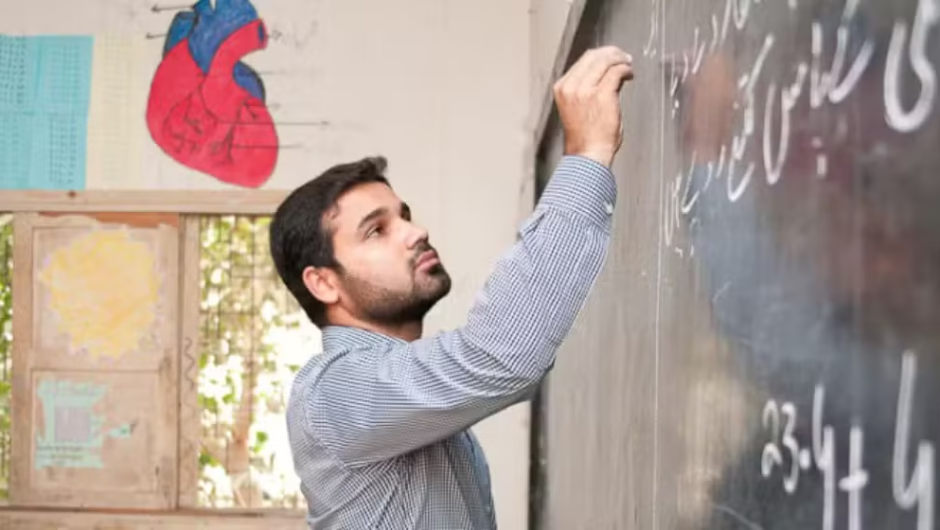On Tuesday, 15 July 2025, an extraordinary astronomical event will occur above the holy place of Kaaba. At exactly 12:27 PM Makkah time, the sun will be positioned directly above the Kaaba, the most sacred site in Islam, marking the year’s second and final solar zenith event. This rare alignment offers remarkable opportunities for Muslims around the globe to accurately determine the direction of prayer, or Qibla, as well as supporting scientific research and educational broadcasts.
Understanding the Solar Zenith Over Makkah
The solar zenith occurs when the sun is perfectly overhead, causing vertical objects to cast no shadow at all. In Makkah, this phenomenon happens twice each year due to the Earth’s 23.5-degree axial tilt. According to Majed Abu Zahra, President of the Jeddah Astronomical Society, the event is a direct result of the sun’s apparent movement between the Tropic of Cancer and the Equator.
This year, on 15 July, as the sun moves southward from the Tropic of Cancer, it will pass directly over Makkah’s latitude of 21.4°N, reaching an elevation of 89.5 degrees. The previous solar zenith occurred on 28 May 2025, and the next will take place on 16 July 2026, making these events highly anticipated among astronomers and the Muslim community alike.
Significance for Muslims Worldwide
The alignment of the sun above the Kaaba holds special significance for millions of Muslims. During this brief period, shadow disappears from vertical objects in Makkah, providing a simple and accurate way to confirm the Qibla. Anyone, anywhere on Earth, can participate by placing a stick or any vertical object outdoors at the precise time of the event. The direction in which the object does not cast a shadow will point directly toward the Kaaba in Makkah.
This natural method of Qibla determination is both ancient and scientifically sound, offering an easy solution for verifying the direction of prayer. For those living in areas where Qibla direction is sometimes debated or uncertain, the solar zenith event provides much-needed clarity and reassurance.
Scientific and Educational Opportunities
Beyond its religious importance, the solar zenith over the Kaaba presents valuable opportunities for scientific study and public education. Researchers observe the phenomenon to study atmospheric refraction effects, especially as the sun approaches its zenith point. Such observations can aid in understanding the behavior of light and air at extreme solar elevations, contributing to atmospheric science and astronomy.
Saudi authorities have announced plans to broadcast live demonstrations from the Grand Mosque during the event. These educational broadcasts will showcase the effect of the sun’s position on shadows and explain the science behind the alignment. This initiative not only deepens public appreciation for the intersection of astronomy and faith, but also encourages scientific curiosity among viewers.
The Biannual Nature of the Solar Zenith
The unique positioning of the Kaaba in Makkah, combined with the Earth’s axial tilt, means this event occurs twice each year. Each alignment lasts only a few minutes, coinciding with the Dhuhr (midday) call to prayer at the Grand Mosque. The predictability of the solar zenith provides Muslims and astronomers alike with a consistent schedule for observation and participation.
As the phenomenon is entirely governed by celestial mechanics, it serves as a reminder of the intricate relationship between the natural world and spiritual life. For Muslims, it underscores the unity of science and faith, as well as the accessibility of the natural world to guide religious practice.
Topics #astronomical event Makkah #Qibla direction #shadowless phenomenon Makkah #solar zenith Kaaba #trending pakistan




